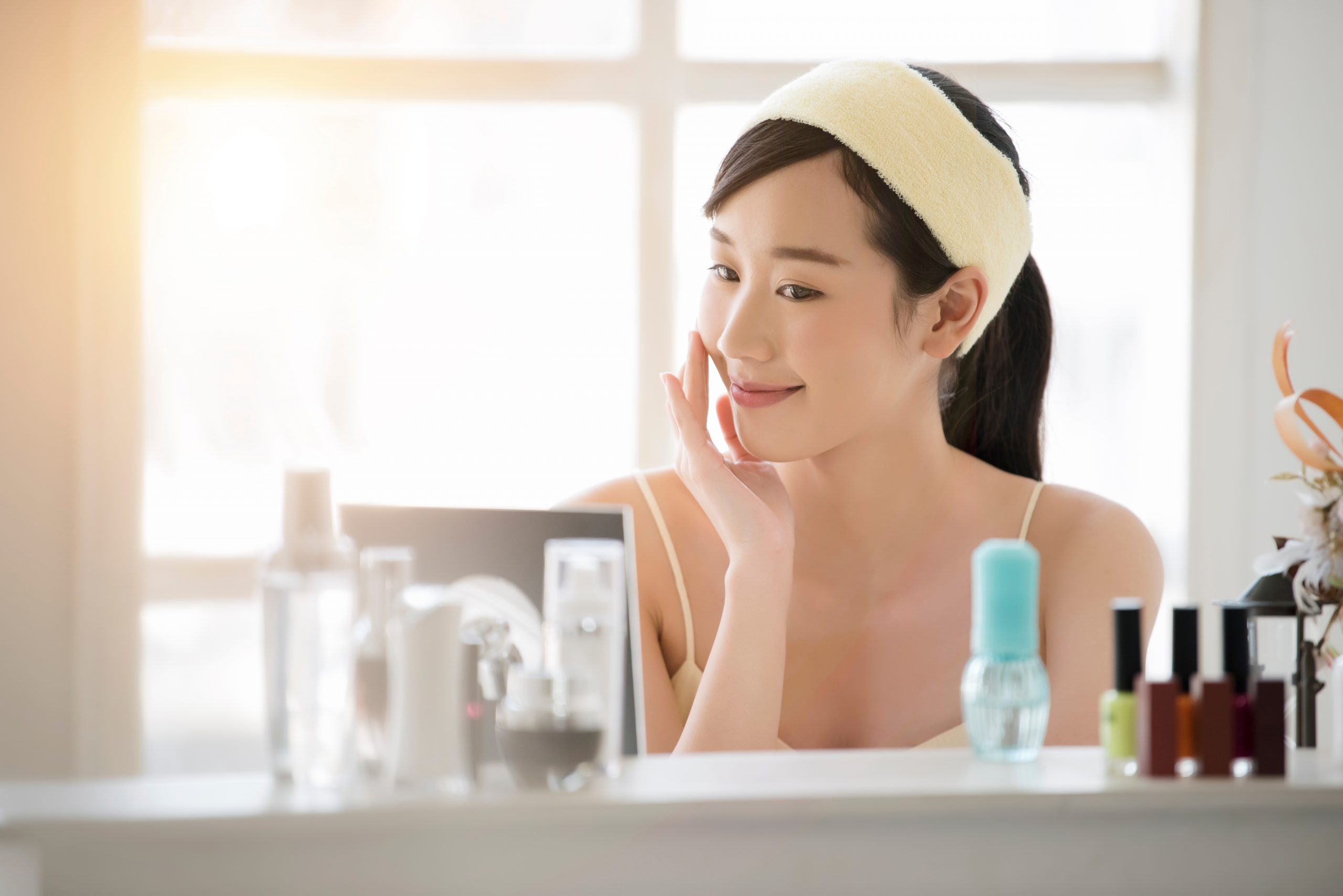Beauty and cosmetics to the conquest of China
Among the main macro-figures of the Chinese economy there are undoubtedly those relating to the growth of the luxury and beauty markets, which in the last five years have attracted more and more consumers and imposed the Asian sub-continent as a leading player also at the production level.
After that of the luxury segment of which we have already talked about, the cosmetics market in China is just waiting to be discovered and full of opportunities for the main Italian brands, whose products represent the top of the range in this sector.
Imports of beauty products in the country of the Great Wall increased by 41% in 2019, while high-end beauty labels recorded, in the same year, a staggering +31% in business volume, reaching €4.8 billion. Expectations for the five-year period 2019-2024 are on the rise with an estimated 22% increase in turnover.
Trends in the cosmetics industry in China
The growth of consumption in the cosmetics sector in China is expected to maintain its rapid growth, so much so that, by 2024, domestic turnover should exceed that of the United States, until now the world leader in the beauty business.
In 2022, total sales are expected to exceed €70.1 billion with a projected growth rate of 9.6% year on year. Another interesting fact is that almost 23% of purchases were made online, reflecting the growing and widespread use of digital technology at all levels.
The sector market is therefore performing well and has so far been little explored by Italian suppliers who currently play a fill-in role, well behind France, Japan, the United States and South Korea in terms of beauty exports to China.
But what are the products most sought after by local buyers? Creams and skin care products dominate the scene, especially in the lower-middle segment of the market, where the public prefers domestic brands. When it comes to high-end or even luxury cosmetics, however, the attitude changes. In this segment the tendency is more towards fragrances and colouring cosmetics, as well as high-end creams, and frequently the choice falls on foreign brands.
Therefore, it is the top market that offers new impetus and possibilities to Italian brands, which enjoy an allure that is all their own and reflect the Italian art of good living made of design, style and attention to well-being that still distinguishes much of the Made in Italy in the collective imagination.
In addition, according to official data, the imports of the sector in recent years (+130% from 2015 to 2019) have exceeded exports, due to a growing awareness of the Chinese public, the increase in its purchasing power and the evolution of its demands (+41% the import of perfumes and +46% that of creams between 2017 and 2019).
Identikit of the Chinese consumer of beauty products
Today, Chinese consumers are more informed through the web, and in particular social channels, discovering not only the special characteristics of the desired cosmetics, but also the history of the brands, indicating their readiness to buy online, especially when it comes to luxury products.
Most of the audience is concentrated in megacities, although attention towards the beauty market is also growing in less important urban areas, especially in the southern province of Canton. The East of the country, the economically richer area, instead represents a huge customer base for premium products.
Finally, it is interesting to note the emergence of a market for men’s cosmetics, as well as other niches such as baby care products and natural cosmetics.
Positioning and results: how Western brands are performing
The growth in imports highlights the increasingly important role of non-Chinese brands in the local market, always eager for new discoveries and expand its range of solutions and, above all, to meet increasingly varied demands in terms of product type and positioning.
As mentioned, European and U.S. brands are mainly targeting the medium-high and high-spending segment of the public, offering this client group the history, quality and appeal of their perfumes and their preparations for skin or hair care.
The main player is undoubtedly L’Oreal, which has about 3.6% of the market and records sales of €1.7 billion. Mary Kay and Olay are distant but still well positioned, respectively with €1 billion and little over €805 million sales, with a market share between 2% and 1%.
In the top 20 of the most important companies in the Chinese beauty market, we also find Lancome, Perfect, Christian Dior and Chanel, to mention only the best known.
An aggressive strategy for an aggressive market
But what does it take to aspire to carve out a niche in this rapidly changing and very aggressive market?
Certainly it is necessary to pay particular attention to the consolidation of the distribution network, which is increasingly focused on digitalization, with a massive presence on the most important online sales platforms and social networks (from WeChat to its various mini-programs, from Tmall to JD.com, just to name a few).
In this respect, developing a cross-border e-commerce strategy could be the best solution to approach the complex Chinese economic landscape, but it is advisable not to forget the more traditional physical networks, such as department stores and specialized shops.
Upstream of all this, it is clearly necessary to have all the necessary certifications to operate in the largest world market: the local bureaucracy is highly fragmented and only obtaining the health registration certificate for cosmetics could take 18-24 months.
Daunting? Not when you rely on partners specialized in import-export with China, able to guide companies in the process of structuring their presence. The Chinese beauty market is too interesting to be stopped by reverential fears.



